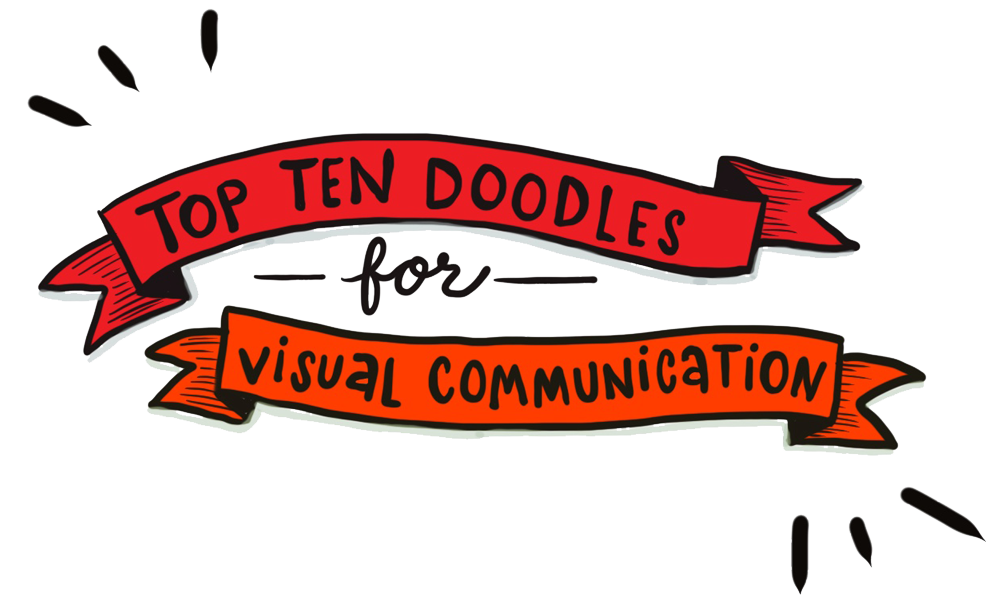Brand Personality is the visible and outward manifestation of your brand [CLICK TO TWEET], in subtle and obvious ways – everything from the copy on your website, to your logo, to the signage in the window.
When your organization’s brand is defined in this way, your community will more easily be able to connect with you – they’ll understand you, they’ll come to believe in what you promise, and they’ll want to spend more time with you.
All you need to begin is a list of adjectives that describe how your organization acts, looks and feels. Here’s my 5 top tips to creating and using Brand Personality in communications:
-
DO use the wisdom and insights from people in your organization
Your internal team already has the answers! Unless you’re a startup, you’re not creating a new brand, you’re uncovering what already exists. While you may want to get outside help to [objectively] facilitate the discussion, this should be done in partnership with the people who are integral to, and intimately involved with, the day-to-day operations of the organization.
-
DO keep your Brand Personality consistent with each message and audience
Your Personality is your Personality is your Personality, and that doesn’t change whether you’re writing an email to donors or announcing a new program launch on the website. The communication vehicle might have a slightly different look and feel depending on your audience – for example, communicating with both college students and parents of those students about a campus initiative comes to mind – but they should both be “friendly” and “nurturing” or whatever else the team has chosen for the organization’s Personality attributes. The goal is to keep it consistent since changing the organization’s Brand Personality can make your audience confused or even distrustful.
-
DO balance the emotional with the rational in your messaging
Some people respond to data and figures, while others engage with a moving or urgent story. That’s why it’s important that both aspects figure in to an organization’s communications. Consider how you can use your Brand to project the emotional aspects of the organization’s Personality with the practicality that your group can get things done.
-
DO define a realistic Brand Personality
Since you’re uncovering the best of what already exists in your organization’s character, your Brand Personality should be authentic. It’s OK to polish the apple a little, but the attributes you ultimately settle on should be sustainable and back-up-able in the long-term.
-
DO settle upon Brand Personality traits that are easy to apply to marketing materials and communications
This is the most important DO of all: defining the organization’s Brand Personality in a way that you’ll be able to apply it to communications, since the whole reason to establish your Brand Personality traits in the first place is to be able to communicate better with your community so they’ll connect and engage with you. Some traits and terms are just too difficult to communicate effectively, or they’re more like values* than personality attributes (*which are equally as important to establish if you haven’t already).
When choosing Personality traits, consider how you would describe a person instead of an institution. For example, I can describe a person I know as “bold”, and brands can exhibit “boldness” too. Communications created for the organization can be “bold”, for sure.
On the other hand, your organization might be “transformational”, but that would be difficult to represent. Corresponding tones could be “active” or “dynamic”. Similarly, a lot of nonprofits like to claim they’re “collaborative” and “innovative”, but these are manifestations of personality traits like “friendly”, “open”, “encouraging” – and “intelligent”, “thoughtful”, “curious”. Can you write web copy that’s collaborative? Probably not, but you can write copy that’s friendly, open and encouraging, all those traits associated with collaborative behavior.
Brand Personality should be an authentic and accurate reflection of what the organization is at its core. Here’s a filter you can try out to make sure each Brand Personality trait is reflected in your communications:
Use words and visuals that clearly indicate a specific tone, so when they’re included in communications you can judge them by asking, “Is this video funny enough?” or “Is this copy dynamic?” .
That way when you show the piece to your colleagues they can no longer say, “I don’t know why, I just don’t like it” – and that’s powerful stuff.
Did I cover all the bases? If you have another DO to offer, please add it in the comments, I’d love to hear from you.
Need help figuring what your Brand Personality is?
- Read more: 9 steps to defining your nonprofit’s brand personality,
- Download this free DIY Brand Personality worksheet, or
- Contact Julia if you’d like to talk!
Want more on Visual Communication and Visual Thinking? Here's some related content for you.
Brand Personality Worksheet
This tool will help you define how your organization acts, looks, feels and sounds. Once established, Brand Personality becomes the guide for external and internal communications.

